
Counting by Winters
Winter counts are histories or calendars in which events are recorded by pictures, with one picture for each year. The Lakota call them waniyetu wowapi. Waniyetu is the word for year, which is measured from first snowfall to first snowfall. It is often translated as 'a winter.'
Wowapi means anything that is marked on a flat surface and can be read or counted, such as a book, a letter, or a drawing. Winter counts are physical records that were used in conjunction with a more extensive oral history. Each year was named for an event and the pictures referring to the year names served as a reference source that could be consulted regarding the order of the years. People knew the name of the year in which other important events occurred, and could place these in time by referring to the winter count. The events used to name the years were not necessarily the most important things that happened but ones that were memorable and widely known within the community. One of those events, The Year the Stars Fell, was also widely known to non-Lakota people.
Winter Count Keepers
Each Lakota band, or tiyospaye, had a designated winter count keeper who served as the community historian. The keeper was responsible for recounting the band's history at various events throughout the year and for adding a new image to the winter count each year. Events for which years were named were selected in consultation with a council of band elders. Traditionally only men served as winter count keepers, and the role often was passed down from one family member to another. In the 20th century some counts were passed on to women.
Winter counts were copied over many times as they wore out or required more space, or when a new keeper took over. While many counts clearly originated from a common source, recopying led to differences as well. A keeper might have chosen to record a different event, a different aspect of the same event, or might have made a mistake.
Pictures and Materials
For generations, Plains Indians drew pictures to document their experiences. The pictures on the Lakota winter counts were created to serve as mnemonic devices and are much simpler than ones they drew for other purposes. As some Lakota people learned to write their own language in the 19th century, a few keepers began to add written words to the pictures, and eventually some winter counts consisted entirely of written year names. The earliest winter counts were painted on hides. These records were transferred to muslin and paper once those materials became available. When an outside market developed for winter counts, Lakota people again painted copies of their counts on hides to satisfy the expectations of the curio trade. Pictorial art declined as a form of record keeping when literacy became widespread among the Lakota, although many people today see other types of recording — making marks through written words, art, video, and even online exhibits — as a modern continuation of the winter count tradition.
Winter counts are histories or calendars in which events are recorded by pictures, with one picture for each year. The Lakota call them waniyetu wowapi. Waniyetu is the word for year, which is measured from first snowfall to first snowfall. It is often translated as 'a winter.'
Wowapi means anything that is marked on a flat surface and can be read or counted, such as a book, a letter, or a drawing. Winter counts are physical records that were used in conjunction with a more extensive oral history. Each year was named for an event and the pictures referring to the year names served as a reference source that could be consulted regarding the order of the years. People knew the name of the year in which other important events occurred, and could place these in time by referring to the winter count. The events used to name the years were not necessarily the most important things that happened but ones that were memorable and widely known within the community. One of those events, The Year the Stars Fell, was also widely known to non-Lakota people.
Winter Count Keepers
Each Lakota band, or tiyospaye, had a designated winter count keeper who served as the community historian. The keeper was responsible for recounting the band's history at various events throughout the year and for adding a new image to the winter count each year. Events for which years were named were selected in consultation with a council of band elders. Traditionally only men served as winter count keepers, and the role often was passed down from one family member to another. In the 20th century some counts were passed on to women.
Winter counts were copied over many times as they wore out or required more space, or when a new keeper took over. While many counts clearly originated from a common source, recopying led to differences as well. A keeper might have chosen to record a different event, a different aspect of the same event, or might have made a mistake.
Pictures and Materials
For generations, Plains Indians drew pictures to document their experiences. The pictures on the Lakota winter counts were created to serve as mnemonic devices and are much simpler than ones they drew for other purposes. As some Lakota people learned to write their own language in the 19th century, a few keepers began to add written words to the pictures, and eventually some winter counts consisted entirely of written year names. The earliest winter counts were painted on hides. These records were transferred to muslin and paper once those materials became available. When an outside market developed for winter counts, Lakota people again painted copies of their counts on hides to satisfy the expectations of the curio trade. Pictorial art declined as a form of record keeping when literacy became widespread among the Lakota, although many people today see other types of recording — making marks through written words, art, video, and even online exhibits — as a modern continuation of the winter count tradition.


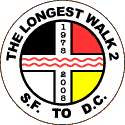








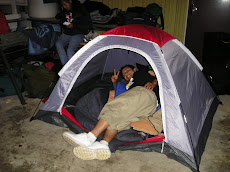

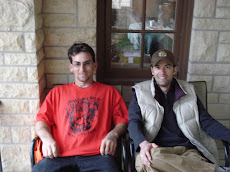
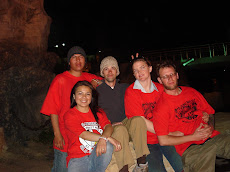


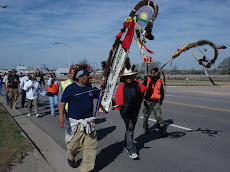






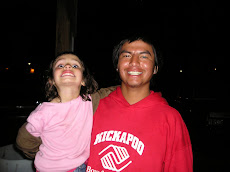






No comments:
Post a Comment